Visiting a cemetery might seem like an unusual activity during a trip, but these places can be spaces of peace, history, and art. Capturing photos of a cemetery can help you remember and share this unique experience. Here, we offer you simple tips for making your cemetery photos perfect. From seeking the right light to finding interesting angles, you’ll learn to take pictures that showcase the beauty and solemnity of these special places.
1. Can you take pictures in cemeteries?
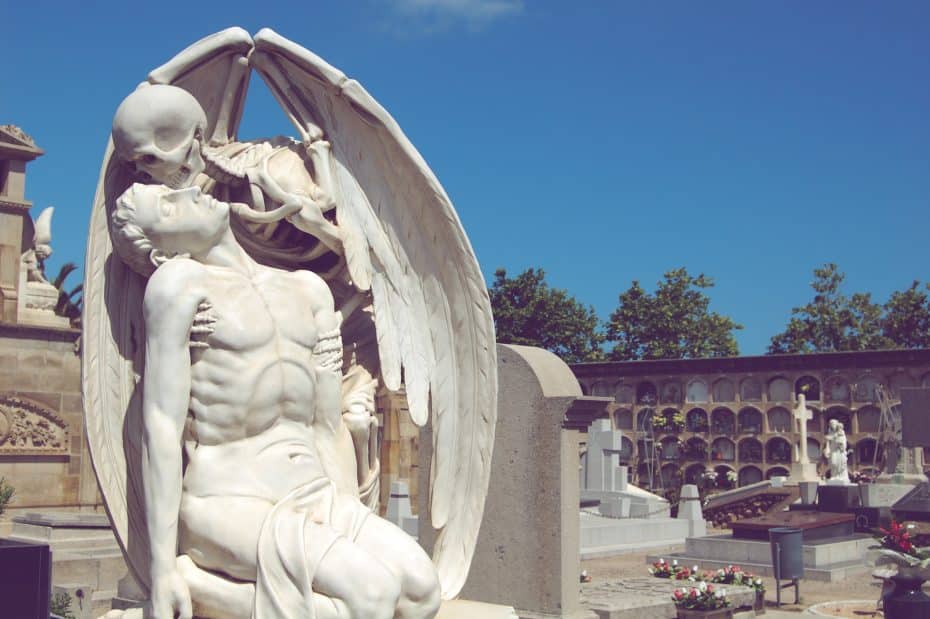
Before you get ready to take pictures at a cemetery, you should first check if it’s okay to take photos there. You usually won’t have any trouble, but it’s always best to ask before you start snapping pictures. That way, you won’t run into any unexpected problems later on. If you can’t find out beforehand, try asking someone who works at the cemetery when you arrive. Or, you could look around the entrance for any signs that might say taking photos isn’t allowed.
Remember, cemeteries are places where people go to remember their loved ones who have passed away. So, even if it’s fine to take photos, always be respectful. Keep your voice down and ensure you’re not getting in the way of anyone visiting a grave. It’s also important not to take pictures of people without their permission – that’s just good manners, no matter where you are.
2. Start with the landscape
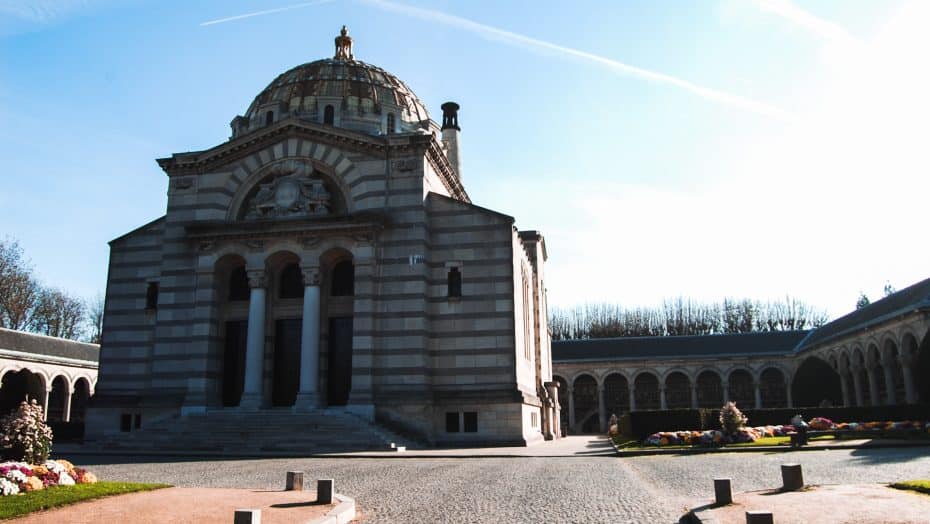
When you are at the cemetery, start by getting to know the area through your camera’s lens. The best way to become acquainted is to take general photos of the space around you. Imagine it as capturing a landscape; start with wide shots showing the cemetery’s expanse. These panoramic pictures can help express the serene and expansive nature of the site, set against the sky and earth.
Try to capture cemeteries’ tranquility and history, often marked by aged monuments under overarching trees, with long shadows cast by sundown or morning light filtering through leaves.
3. Consult the directory
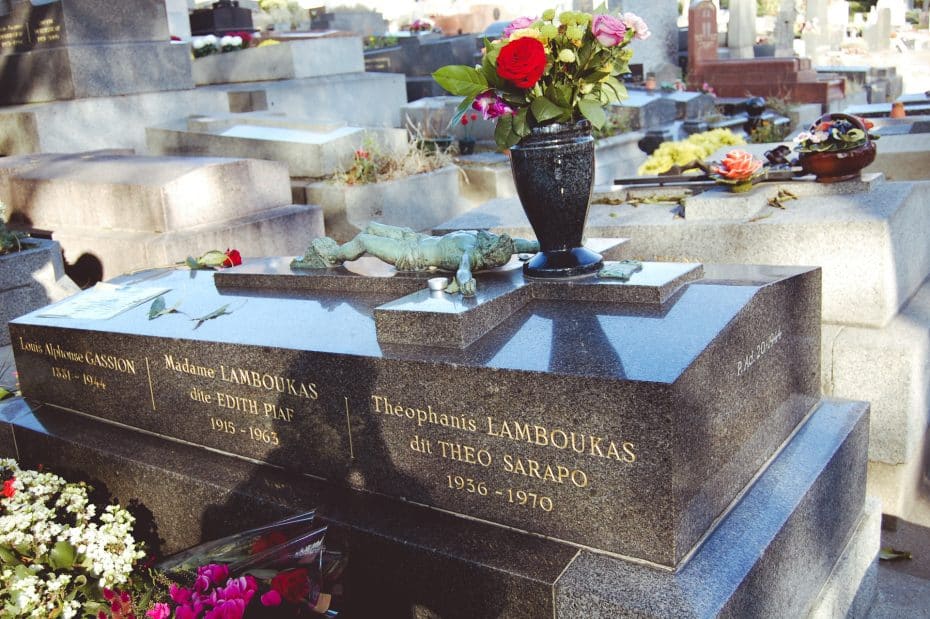
You’ll often find maps highlighting the most famous burial sites in many of the larger graveyards. These renowned graves capture attention due largely to their “residents”—notable figures whose legacies live on—or because of the artistic significance of the grave itself. A prime example includes the sculpture the Angel of Death, located in Barcelona’s Poble Nou Cemetery, or the celebrity graves in Paris’s Père Lachaise.
If you’re visiting a cemetery that lacks maps or guided paths, it’s a good idea to research beforehand whether there are any notable graves to visit.
However, if you can’t find such information or there are no famous graves, remember fame isn’t everything. Every headstone has a story, and exploring without a map could lead to unexpected discoveries and artistry.
4. Take every picture twice
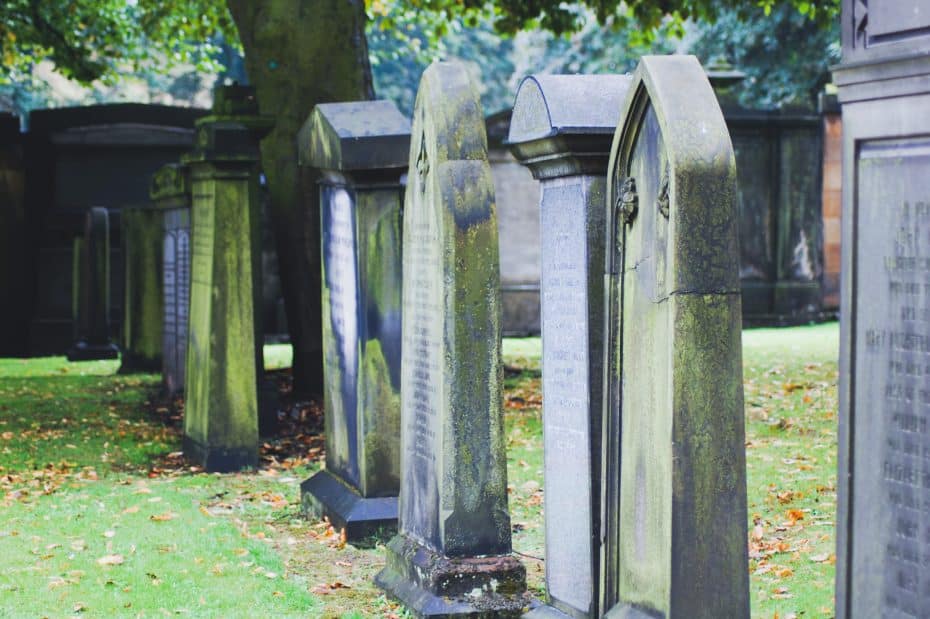
I guess this is a rule I learned as a travel blogger. Once you’re back from a trip, a blurry picture will always stay a blurry picture.
When you’re out photographing cemeteries or capturing images of monuments, it’s smart to take every photo at least twice, playing around with how you frame the shot or switching between portrait and landscape orientations. Doing this will increase your chances of having a selection of good images to pick from. It allows you more freedom to be creative with your composition. Plus, snapping each photo twice gives you a backup in case the first one doesn’t turn out right, like if it’s blurry or overexposed.
This practice of double-taking shots ensures you’re prepared for the unpredictability of photography. It’s much like having insurance for your pictures; if something can go wrong with one, you’ve got another shot that might have nailed it perfectly. Cemeteries often present unique lighting challenges or require respectful discretion, making getting the perfect shot in one take difficult. This is why having that second version can be invaluable—so you can walk away from your photo session confident that you’ve captured the essence and beauty of these serene places.
5. Run to the light
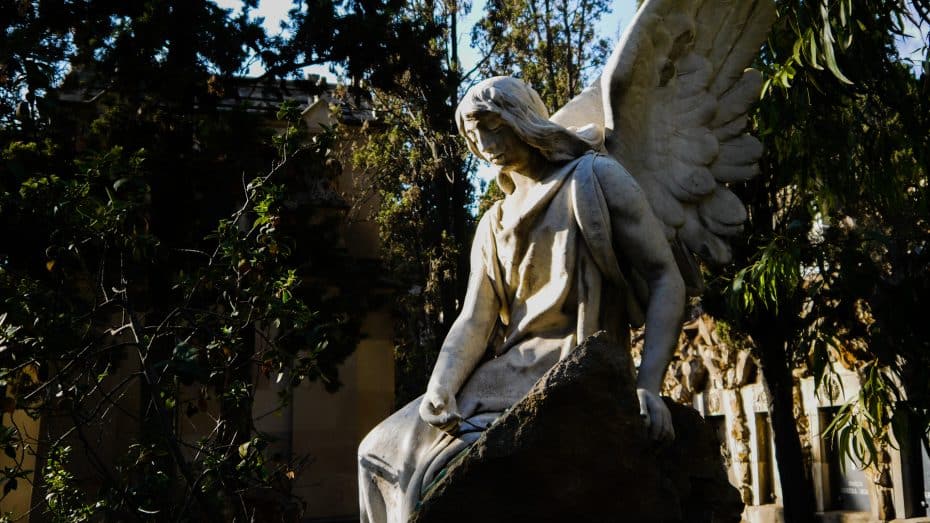
But not literally, Caroline!
When taking pictures in cemeteries, it’s important to consider how the light will affect them. The goal is to find light that makes the pictures more dramatic. Cemeteries have a unique atmosphere and character, and using light correctly can help highlight the shapes of statues or scenes they portray, giving your images more energy or emotion.
Always aim to capture the essence of the place by understanding how light works there. Early morning or late afternoon is often a good time for cemetery photography because the sun’s low angle can create long shadows and contrasts that emphasize textures and features. It’s not just about going towards the brightest light but rather finding the right quality that suits what you’re trying to capture, just like in Père Lachaise Cemetery, where light plays a key role in enhancing the mood of the photographs.
6. Frame the image
Capturing photographs in cemeteries requires special consideration for composition to ensure the images are not only respectful but also visually engaging. One effective technique for achieving a harmonious composition is the rule of thirds, commonly used in photography to create dynamic and interesting scenes. Rather than centering subjects directly in the middle of the frame, placing them off to one side can make the photograph more compelling.
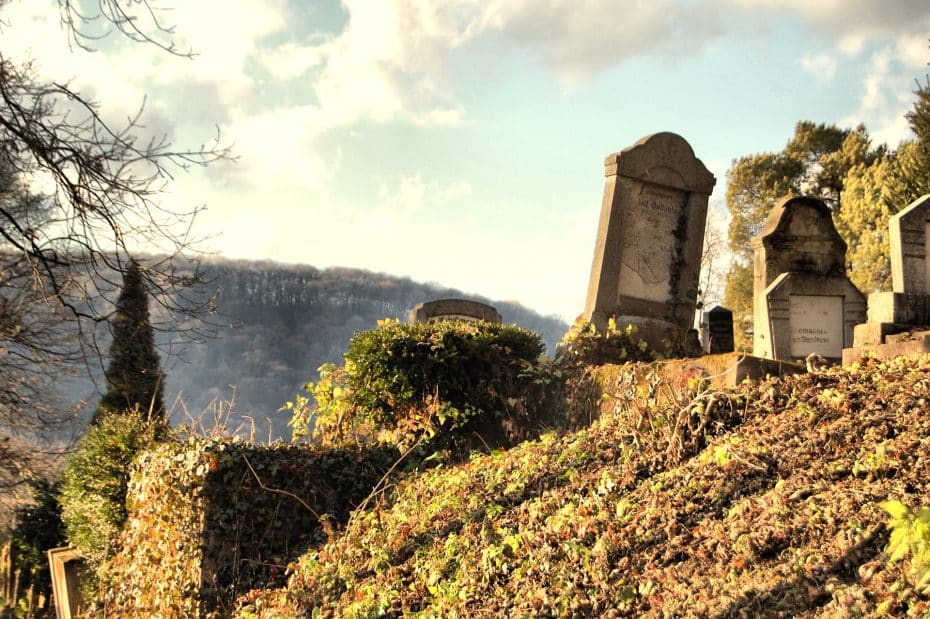
For example, when shooting a photograph of a slanted headstone in the Sighisoara cemetery, it’s not placed at the center. Instead, the headstone is positioned on one side of the photograph, filling roughly one-third of the image space. This method balances the subject and its surroundings, giving the scene depth and dimension. Furthermore, such positioning invites viewers’ eyes to wander through the entire image, not just focus on a single point, thereby telling a story about the environment and conveying a sense of place.
7. Focus on the details

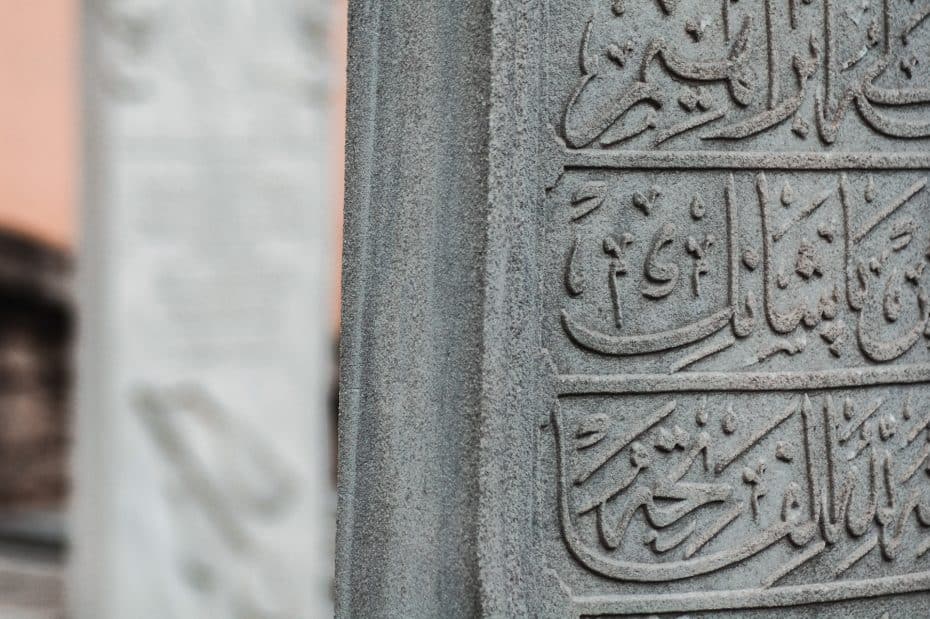
Taking pictures in cemeteries requires a thoughtful approach to capture the essence of these serene and historic places. When you are photographing, pay close attention to the details that unfold in front of your lens. Use the zoom function to focus on the small nuances that graves or statues may offer. Look for what is held in the hands of sculptures, at the inscriptions or carvings, at the subtle cracks that time has etched into stone, or even at coins left by visitors atop certain tombstones in Prague’s Jewish Cemetery.
Intricate details are often hidden in plain sight, waiting for a keen eye to notice and preserve them through photography. In Istanbul’s Fehmi Bey Cemetery, for example, you may find that some headstones boast elaborate decorations that tell a story of their own.
6. Change perspective
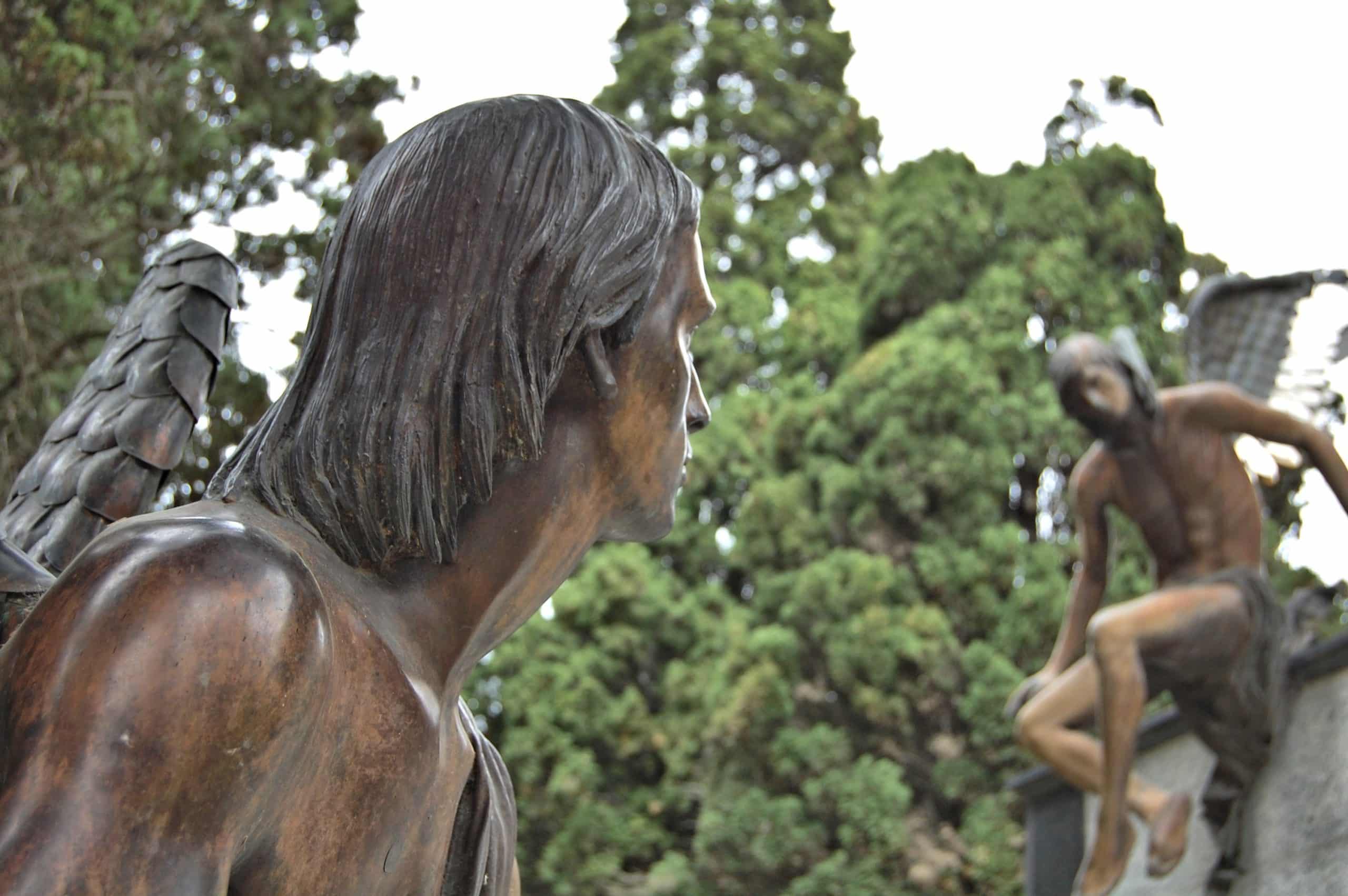
Perspective is like a magic lens in the world of photography, especially when it comes to taking pictures in unusual places like cemeteries. By changing the angle from where you snap a shot, you can capture something unique that stands out. Instead of sticking to the usual ways, trying different perspectives can bring new life into your photos. Imagine kneeling and taking a picture from ground level or finding a high spot for an aerial view; both can turn an ordinary photo into something more captivating.
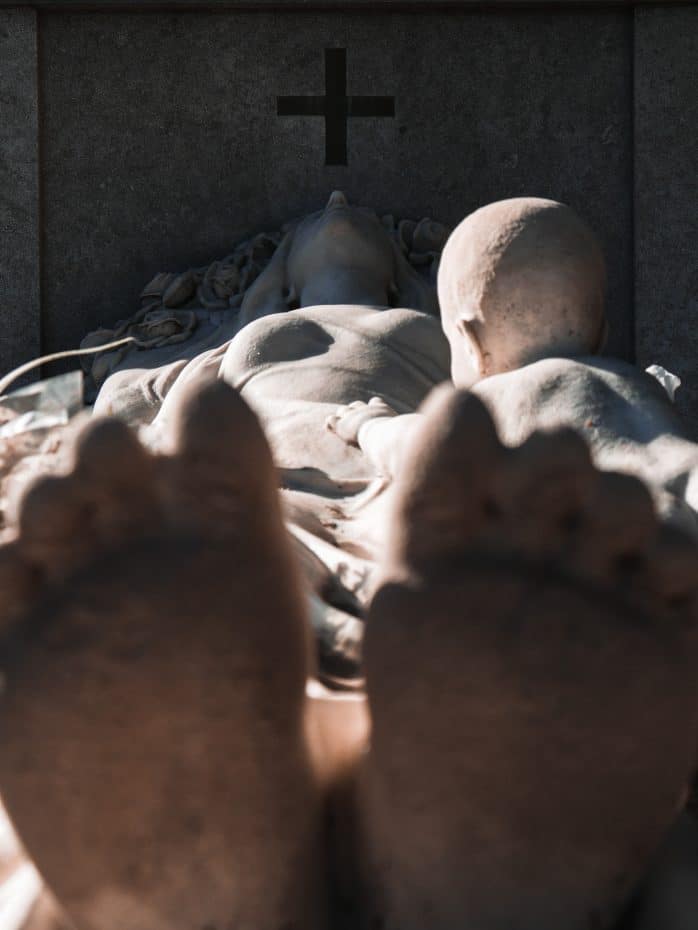
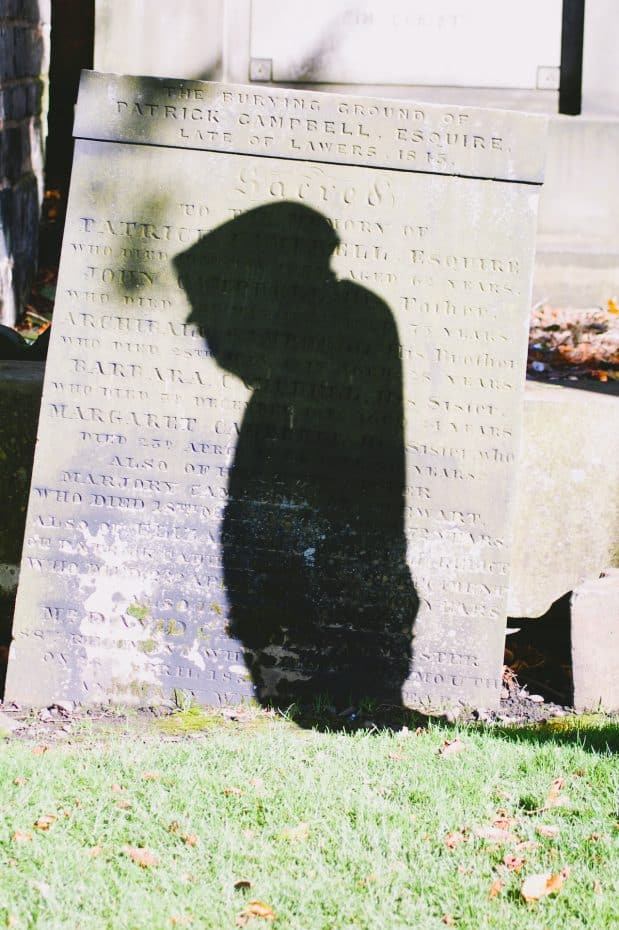
In places like cemeteries, playing with perspective helps to convey emotions and tell stories without words. For example, leaning close to the ground for a close-up of a stone angel might make it seem larger than life, towering above you, whereas a picture taken from directly above could give a sense of looking down from the heavens themselves. Different camera angles can also highlight textures and details that we might otherwise miss at first glance. Remember to experiment with creative techniques like bokeh or low-angle shots to break away from the norm and give your photos an original twist.
9. Try Black & White Photography
Taking pictures in cemeteries can be a profound and emotional experience. When capturing these moments, black and white photography can be an incredibly powerful tool. The absence of color strips the scene to its rawest form, allowing textures and shapes to stand out, adding a timeless, ethereal quality to the images. By removing the distractions of color, viewers can concentrate on the emotional weight of the scene—the solemn statues, the weather-worn inscriptions, and the quiet stories that each grave represents.
This monochromatic approach emphasizes the historic character and quiet solemnity often found in these resting places and allows for a greater focus on light and shadow play. Such visuals often evoke stronger emotions, mirroring our inner associations of life and death with starkness and clarity. For example, consider the angel statue in the Poble Nou cemetery: when depicted in black and white, its contemplative pose and intricate details are enhanced—drawing you into a silent conversation about mortality and remembrance that transcends words.
Indeed, black and white is your closest ally in cemetery photography.
10. Remember where you are
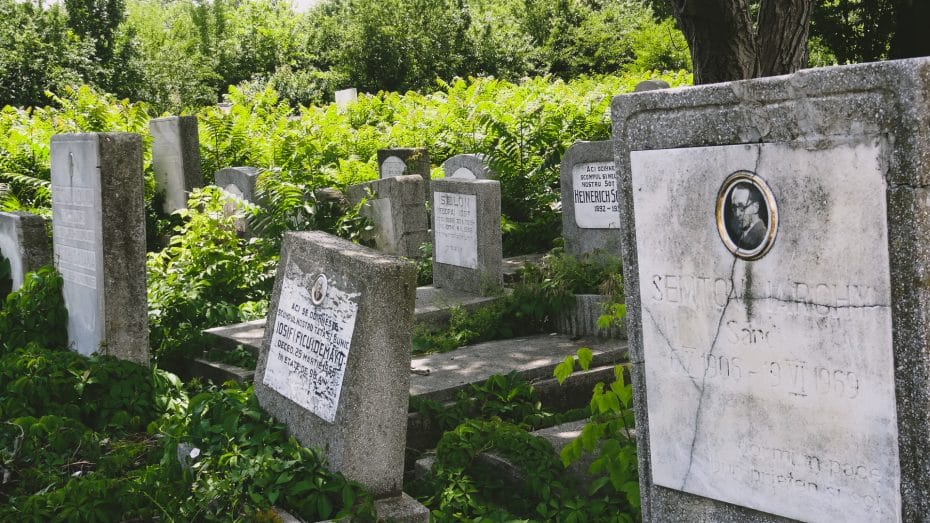
When taking photos in cemeteries, you must be mindful of where you are and what the site represents. A cemetery is more than just an open space; it is a sacred place of remembrance for those who have passed away and a location where families come to pay their respects. Respect is paramount, as people have strong emotional connections with these places. Being sensitive to this fact means being discreet and considerate with your camera, ensuring that your presence and activity do not disturb the peace of the area or the feelings of other visitors who may be mourning.
The atmosphere in a cemetery typically demands tranquility and reverence, and our photography should reflect that attitude. It’s important to tread lightly, both in a literal sense by being careful not to trample on any grave sites or private areas and figuratively by recognizing the solemnity of your surroundings. While capturing dramatic or artistic images might be tempting, remember that this backdrop is someone’s final resting place. Balance your artistic intent with compasion and thoughtfulness towards those interred there, as well as their families.
Above all, advice on photography etiquette in cemeteries: always keep respect at the forefront of your actions. We must never forget that we’re visitors in a sacred space, not tourists looking for photo opportunities without considering the environment’s true purpose.




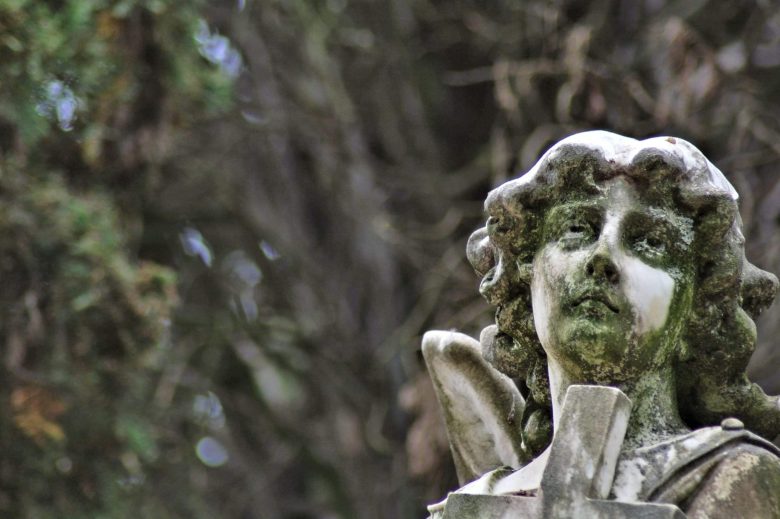























Leave a Reply
View Comments